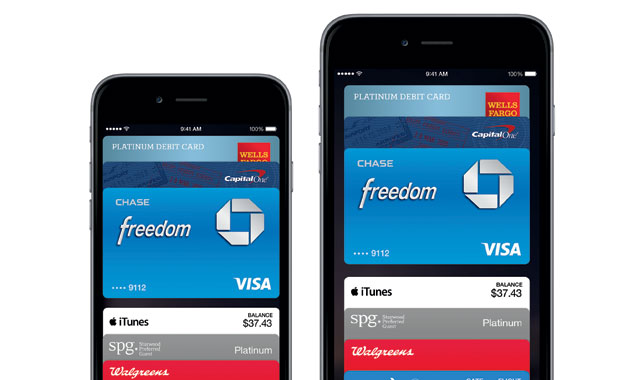 Near-field communication (NFC) has been touted as the next big thing for years. It promises tap-and-go transactions that will revolutionise mobile payments. With Apple Pay taking centre stage, many are proclaiming 2015 the year that NFC mobile payments finally arrive.
Near-field communication (NFC) has been touted as the next big thing for years. It promises tap-and-go transactions that will revolutionise mobile payments. With Apple Pay taking centre stage, many are proclaiming 2015 the year that NFC mobile payments finally arrive.
There’s just one problem — it’s the same thing we were promised last year and the year before that, at least as far back as 2011. With each prediction, NFC is looking more like one of those up-and-coming actors who show up on the same “actors to watch” lists year after year. NFC is brimming with potential but never quite seems to get that big break.
Could it take an Apple to land NFC? Apple Pay, which uses NFC technology, is present in the new iPhone 6 and is getting good great traction in the US thanks to a well-established ecosystem of banks and merchants signing on. It does, however, face a strong challenge from its rivals. Android and other parties are making play for more open systems and looking to cut bank card fees out of the equation entirely.
Locally, the forecast for the adoption of NFC is conservative. While there has been promising activity among merchants and developers, we’re far too early in the technology’s lifecycle to see it becoming the go-to cashless payment system for people.
The South African mobile payments space stands as a sharp contrast to those of Europe and the US, where consumers have yet to make the leap to wide-scale mobile payments. In Africa, we love our mobile payments and banking apps. From SnapScan and FlickPay to major banks’ own-branded, mobile-enabled systems, there is no shortage of apps for consumers to choose from.
Should a single standardised payments system stand out, it could become the WhatsApp of cashless payments by replacing the need to download several apps for mobile transactions. As a closed terminal system, however, NFC lacks the interoperability necessary to make an impact in 2015.
NFC has an advantage in that it’s best at short-range, low-value payments that would otherwise require stopping and swiping. For merchants that frequently engage in transactions under R200, NFC has the potential to become the mobile payment option of choice. A mass transit payment system like the Gautrain is a prime example.

When it comes to other payment transactions such as barcode scanning and Internet payments, there is little to distinguish current implementations of NFC with its mobile payment competitors. The “closed garden” aspect of NFC makes it difficult to gain traction when there are more established options available.
As the technology matures over the long term, we could see it take on a greater role in the mobile payments ecosystem. Integrating advanced customer engagement capabilities such as location-based loyalty and rewards solutions should see more merchants jump on board.
However, until phone manufacturers, banks and merchants agree on standards for NFC, it will not become the ubiquitous form of payment many are predicting. NFC has a long road ahead and it will take a lot of time and hard work before it becomes more than just a face in the crowd.
- Craig Leppan is director at Ovations Group

